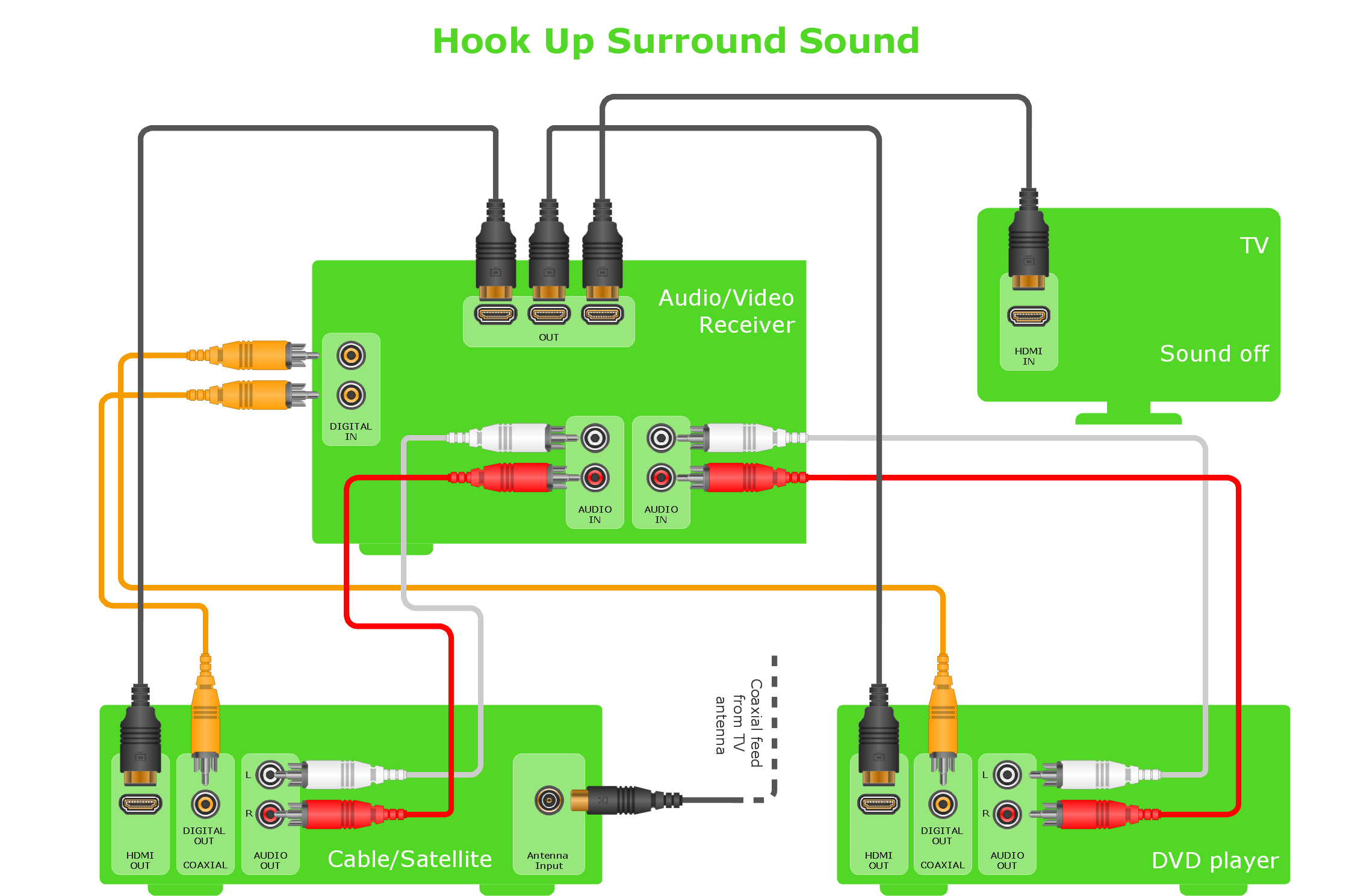Illuminating the Influence of Illumination Conditions on Motion Detection Precision and Reliability
Illuminating the Influence of Illumination Conditions on Motion Detection Precision and Reliability
Blog Article
Lighting environments play a crucial impact in the way well we can perceive movement. Motion detection is a critical component of different technologies, including security cameras, automatic illumination systems, and also some video games. Comprehending the ways different lighting environments influence our ability to perceive motion can help improve the design and efficacy of these systems. For instance, inadequate illumination can result in overlooked motions or false alarms, while ideal lighting can boost the accuracy of motion detection systems.
In bright illumination conditions, motion detection is typically more accurate. When there is ample light, sensors and cameras can capture sharper pictures, which assists in recognizing moving elements. Bright environments allow for better contrast between the dynamic element and the surroundings. This contrast is essential for both human viewers and mechanical technologies, as it facilitates it easier to differentiate between static and moving elements in a scene. Thus, making sure that spaces are well-lit can significantly enhance the performance of motion detection technologies.
Conversely, low-light conditions can pose difficulties for motion detection. In low-light settings, shadows can hide More Help moving elements, making them difficult to perceive. Additionally, the human eye struggles to detect movement in dim conditions, which can lead to misunderstanding of what is happening in the environment. Cameras might also face challenges, as many do not perform well in dim conditions without the use of infrared capabilities or alternative enhancements. These restrictions highlight the importance of sufficient lighting in settings where motion detection is essential.
Moreover, various types of lighting can have different impacts on movement detection. For instance, neon lights can flash, which might mislead motion detection technologies that rely on consistent illumination input. On the contrary, natural provides a steady form of illumination that enhances visibility. Comprehending these variations in lighting conditions can guide users in choosing the most appropriate lighting for specific applications, particularly in security and safety situations.
In conclusion, the connection between lighting their explanation conditions and motion detection accuracy is important. By ensuring that settings are suitably illuminated, we can enhance the dependability of movement detection systems. This knowledge not only benefits technological applications but also improves security and safety in various settings. As more advancements are made in motion detection systems, taking into account illumination environments will continue to be a vital consideration in enhancing performance and ensuring that these systems function effectively in various conditions.